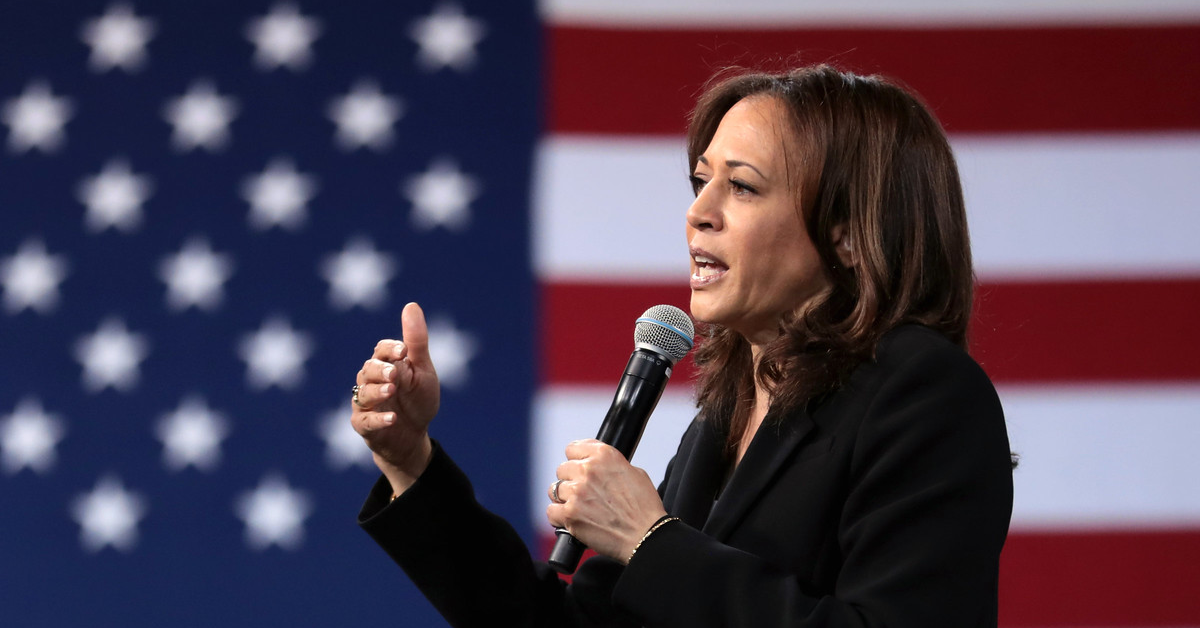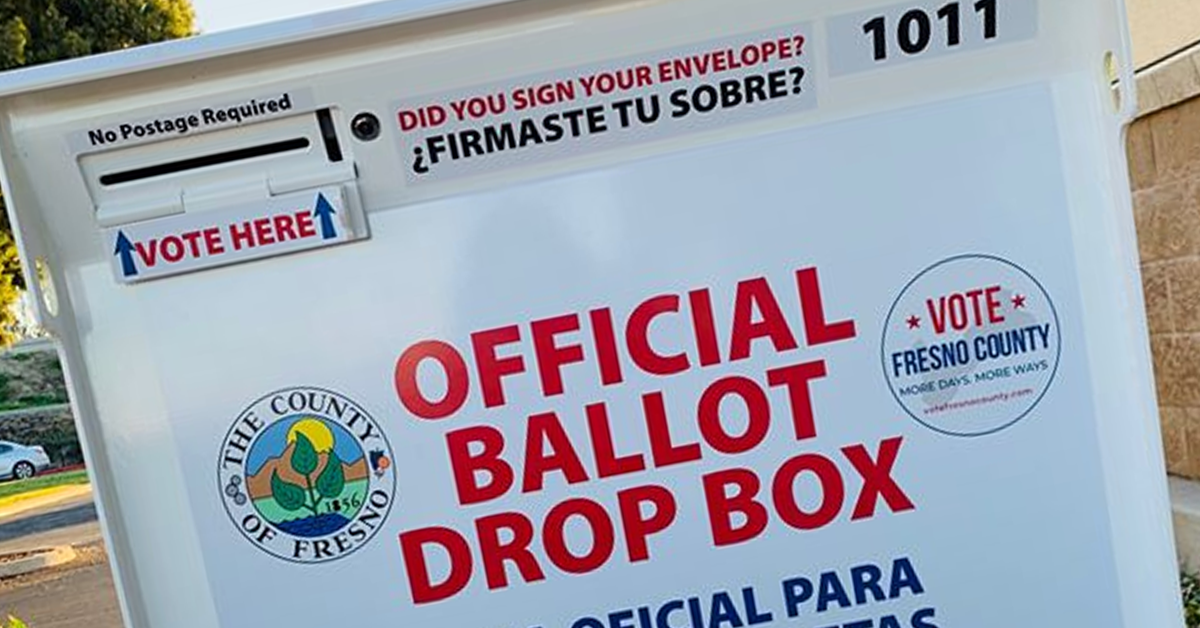The new budget for Fresno is now on the table: $1.115 billion overall, $341 million from the general fund, public safety and jobs at the top of the list.
Said Mayor Lee Brand: “We’ve taken great strides in the past 12 months and we’ve been able to accomplish great things through the best possible use of our limited resources to address our most pressing issues. My vision for Fresno is to transform our economy by creating citywide prosperity that will improve the quality of life for everyone in Fresno.”
A news release from Communications Director Mark Standriff sums up the proposed spending plan’s highlights:
1.) Replace 120 police vehicles, continuing the process of replacing the city’s aging fleet.
2.) Fund a 7-week drill school for the Fire Department, which, down the road, will help with staffing levels.
3.) Fund the acquisition of land for the relocation of Fire Station 10.
4.) Add concrete crews in Public Works to help address aging infrastructure.
5.) Repave 85 lane miles of city streets, add 14 new traffic signals and six traffic signal upgrades, and covert 38,000 street lights to energy-saving LED fixtures.
6.) Fund a litter control crew.
7.) Increase the funding for Business Friendly Fresno!
8.) Boost the general fund reserve from $23.94 million (projected as of June 30, 2018) to $27.54 million by June 30, 2019.
Said City Manager Wilma Quan-Schecter: “This budget reflects the commitment of our team, as well as the innovative ideas that have produced a strong, vibrant and exciting future for Fresno.”
The FY 2019 budget runs to 436 pages. The FY 2019 line item budget runs to another 224 pages. There are lots of numbers to chew on in those 660 pages. Budget hearings begin in early June.
I notice in the line item budget that the permanent salaries in the Mayor’s Office and the City Manager’s Office in FY 2016 totaled $1,489,635. Ashley Swearengin was mayor at the time; Bruce Rudd was the city manager. The permanent salaries in those two offices in the FY 2019 budget total $2,473,700 – an increase of 66% in three years (the biggest jump came from FY 2017 to FY 2018; Swearengin was termed out in January 2017).
The “employee leave payoff” expense was $26,516 in FY 2016; it’s expected to be $64,300 in FY 2019 – more than double over the three years.
The “Perm Fringe – Health & Welfare” expense was $140,785 in FY 2016; it’s expected to be $278,000 in FY 2019 – nearly double over the three years.
All told, according to the line item budget, the Mayor’s Office and the City Manager’s Office in FY 2016 cost the general fund a total of $2,381,906. In FY 2019, the two offices are expected to cost the general fund a total of $4,133,600 – an increase of 73.5% over the three years.
This proposed general fund largess is found elsewhere in the line item budget – but not everywhere on the same scale.
On one hand, the City Attorney’s Office is feeling flush according to the line item budget. Permanent salaries from the general fund in the City Attorney’s Office in FY 2016 totaled $2,550,656; permanent salaries in the City Attorney’s Office in FY 2019 are projected to total $3,950,100 – a boost of 54.9% over the three years.
On the other hand, the Fire Department is doing only slightly better than treading water according to the line item budget. Permanent salaries from the general fund in the Fire Department in FY 2016 totaled $24,064,065; permanent salaries in the Fire Department in FY 2019 are projected to total $28,304,600 – a boost of 17.6% over the three years (FY 2019 actually represents a slight drop form FY 2018).
The key takeaway here isn’t any possible explanation behind these spending increases. We all know the Great Recession is a nightmare from the distant past. We all know wise staffing levels are key to delivering effective services. We all know another recession, with its hit to revenues, is inevitable at some point. More importantly, this is the time of year for government budgets. It goes without saying that the proposed spending of every taxpayer penny is absolutely vital and totally justified. Woe to anyone who suggests otherwise.
But on rare occasions in the past I’ve heard council members make such suggestions during budget hearings. Council members do this through proposed budget amendments.
Will we get any serious amendments in June? We’ll have to wait and see. But I wonder if page B-147 of the main budget (the one that runs to 436 pages) will inspire a council member or two to opine that City Hall is spending too much of what the Mayor calls “our limited resources” on adding staff and fattening paychecks and not enough on “pressing issues” such as the built environment.
Page B-147 features a graphic that identifies the spending on 10 Public Works programs dealing with infrastructure maintenance. Keep in mind that Public Works funding comes from a bewildering array of revenue streams, many with strict spending rules. But it’s no sin for the general fund to help with infrastructure maintenance. After all, the general fund is how each council member’s infrastructure account gets its money.
Total spending on the 10 programs is proposed to jump from $21,800,900 in the adopted FY 2018 budget to $24,387,500 in the proposed FY 2019 budget. That’s a boost of $2,586,600, or 11.9%.
However, more than $3 million of the proposed increased spending in FY 2019 comes from just one program – the concrete strike team. According to the graphic, five of the remaining nine programs are slated for cuts. Some of the proposed cuts are steep. For example, the slurry seal program is facing a funding reduction of more than 50%, from $1.65 million to $800,000, even though the budget narrative describes slurry seal as “the most cost-effective method to extend pavement life through preventive maintenance.”
Ashley Swearengin was verbally ripped to shreds in public over “Bonusgate.” She had wanted to boost (with little or no public fanfare) the compensation of certain executives, but only if they performed to her standards.
City Hall’s old-fashioned solution: Make compensation boosts permanent, not contingent, and make them pretty much across the board. The slurry seal program appears to be one of the victims.








Here is another option that would help heal the angst created in this community toward the homeless who have been described as ‘bums’ by Steve Brandau. What would the cost savings have been using this approach?http://www.governing.com/topics/health-human-services/gov-albuquerque-gives-panhandlers-jobs-not-tickets.html
Whatever happened to putting $ in the savings account? A 66% increase in the mayor’s office? On the next recession the city is filing BK. No reserve and overpaid staff and benefits.